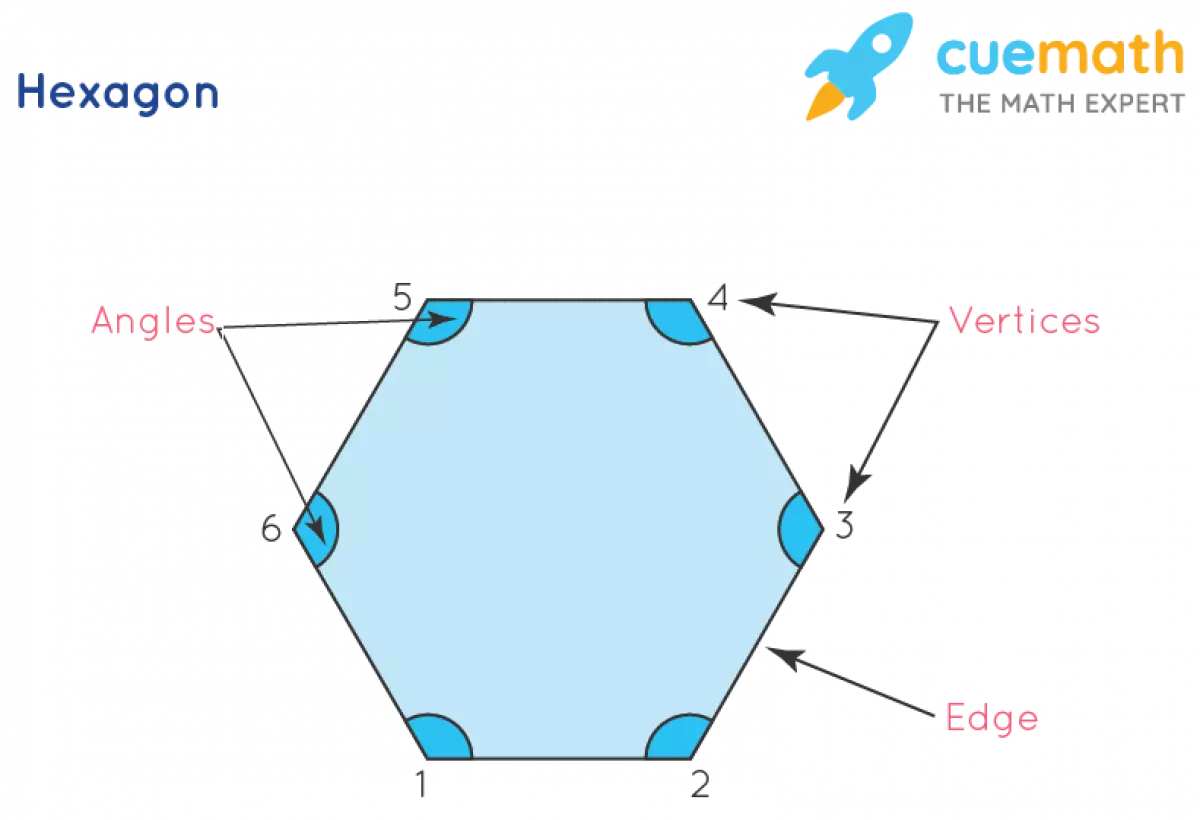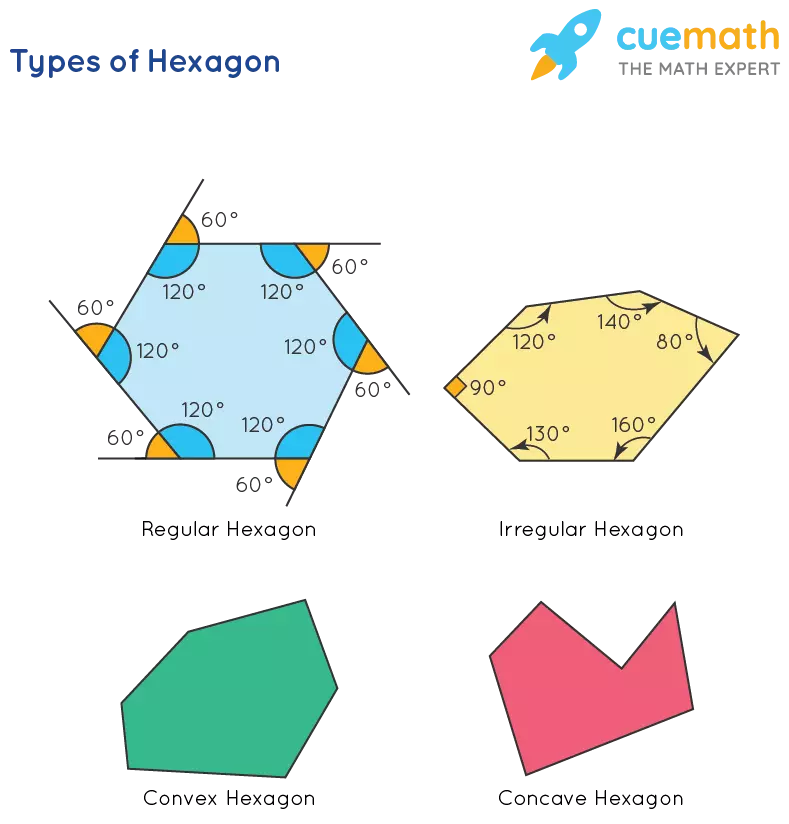Have you ever heard of a hexagon? It may sound like a complex mathematical term, but in reality, it's just a simple six-sided shape. In this article, we will explore the wonders of the hexagon shape, its properties, and its real-life examples. So, let's dive in!
What is a Hexagon?
A hexagon is a two-dimensional geometrical shape that consists of six sides and six angles. It's like a closed polygon with a unique structure. Take a look at the image below for a visual representation of a hexagon.
 Image source: sanaulac.vn
Image source: sanaulac.vn
The Hexagon Definition
The term "hexagon" originates from the Greek language, where 'hex' means six, and 'gonia' means corners. Thus, a hexagon has six sides, six corners, and six interior angles. There are two types of hexagons: regular and irregular.
A regular hexagon is a closed 2D shape with six equal sides and six equal angles. Each interior angle of a regular hexagon measures 120°. On the other hand, an irregular hexagon has sides and angles of different lengths and measures.
Understanding Hexagon Properties
Now that we know the basics, let's explore some properties that are common to both irregular and regular hexagons:
- Both types have six sides, six interior angles, and six vertices.
- The sum of all six interior angles in any hexagon is always 720°.
- Similarly, the sum of all six exterior angles in a hexagon is always 360°.
In a regular hexagon, all sides are equal in length. In an irregular hexagon, at least two sides have different measurements. The perimeter of any hexagon is obtained by summing the lengths of all six sides.
Unveiling the Mysteries of Hexagon Angles
Hexagons have six internal angles and six external angles. For a regular hexagon:
- Each interior angle measures 120°.
- Each exterior angle measures 60°.
In an irregular hexagon, the measurement of each angle can differ. However, the sum of all interior angles remains constant at 720°.
Diagonals of a Hexagon
A diagonal is a segment that connects two non-adjacent vertices of a polygon. In a hexagon, the number of diagonals can be calculated using the formula n(n-3)/2, where 'n' represents the number of sides. Therefore, a hexagon has 9 diagonals, out of which 3 pass through the center.
 Image source: sanaulac.vn
Image source: sanaulac.vn
Exploring Different Types of Hexagons
Hexagons can be classified based on the lengths of their sides and the measures of their internal angles. Let's take a look at the various types:
- Regular Hexagon: This type has equal sides and angles. All internal angles measure 120°, while the exterior angles measure 60°. The sum of interior angles is 720°, and the sum of exterior angles is 360°.
- Irregular Hexagon: As the name suggests, this hexagon has sides and angles of different measurements. However, the sum of all interior angles is still 720°.
- Convex Hexagon: In this type, all the internal angles measure less than 180°. Convex hexagons can be regular or irregular, meaning they can have equal or unequal side lengths and angles. All the vertices of the convex hexagon point outwards.
- Concave Hexagon: In contrast to the convex hexagon, at least one of the interior angles in this type is greater than 180°. It has at least one inward pointing vertex.
 Image source: sanaulac.vn
Image source: sanaulac.vn
The Remarkable Properties of Hexagons
Here are some noteworthy properties of hexagons:
- A hexagon consists of six sides, six edges, and six vertices.
- The side lengths can be equal or unequal.
- In a regular hexagon, all internal angles measure 120° each.
- The sum of the internal angles in any hexagon is always equal to 720°.
- In a regular hexagon, all external angles measure 60° each.
- The sum of the exterior angles in any hexagon is always equal to 360°.
- A hexagon has a total of 9 diagonals, with 3 passing through its center.
- A regular hexagon is also a convex hexagon, as all its internal angles are less than 180°.
- It can be divided into six equilateral triangles.
- Hexagons exhibit symmetry, with each side length being equal.
- The opposite sides of a regular hexagon are always parallel to each other.
- The area of a regular hexagon is calculated using the formula 3√3a^2/2 square units, where 'a' represents the side length.
- The perimeter of a hexagon can be found by summing the lengths of all six sides.
Conclusion
Hexagons are fascinating shapes that can be found in various aspects of our lives. From floor tiles to honeycombs, hexagons have a unique and captivating presence. Remember, their properties may vary, but their charm remains the same. So, the next time you come across a hexagon, take a moment to appreciate its remarkable structure and mathematical wonders.
☛ Related Topics For more intriguing articles on polygon shapes, check out these topics:
- Pentagon - The 5-sided polygon
- Heptagon - The 7-sided polygon
- Octagon - The 8-sided polygon
- Decagon - The 10-sided polygon

















